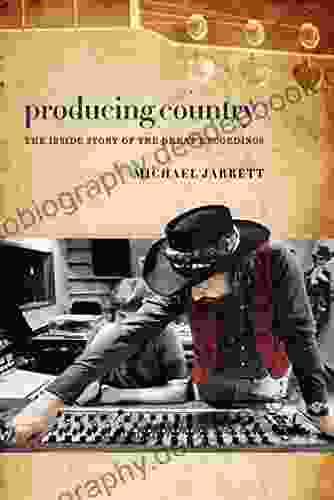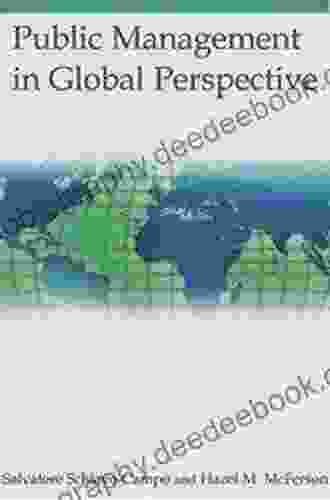A Practical Guide to Assessment, Learning, and Teaching

Education is a complex and ever-changing field. As educators, we are constantly looking for ways to improve our practice and ensure that our students are learning and growing. This guide provides a comprehensive overview of assessment, learning, and teaching, with a focus on practical strategies that you can use in your classroom.
4.9 out of 5
| Language | : | English |
| File size | : | 4329 KB |
| Text-to-Speech | : | Enabled |
| Screen Reader | : | Supported |
| Enhanced typesetting | : | Enabled |
| Word Wise | : | Enabled |
| Print length | : | 363 pages |
Understanding Assessment
Assessment is an essential part of teaching and learning. It allows us to measure student progress, identify areas where students need additional support, and make informed decisions about instruction. There are many different types of assessments, each with its own purpose and benefits. In this section, we will explore the different types of assessments and discuss how to use them effectively in the classroom.
Types of Assessments
- Formative assessments are used to monitor student progress and identify areas where students need additional support. Formative assessments are typically low-stakes and can be used frequently throughout the learning process.
- Summative assessments are used to measure student achievement at the end of a unit or course. Summative assessments are typically high-stakes and are used to make decisions about grades and promotion.
- Diagnostic assessments are used to identify students' strengths and weaknesses. Diagnostic assessments can be used at the beginning of a unit or course to help teachers plan their instruction.
- Placement assessments are used to place students in appropriate classes or programs. Placement assessments are typically given before students enter a new school or grade level.
Using Assessments Effectively
In order to use assessments effectively, it is important to:
- Align assessments with learning objectives. Assessments should measure what students are expected to learn.
- Use a variety of assessment methods. This will help you to get a more complete picture of student learning.
- Provide feedback to students. Feedback helps students to understand their strengths and weaknesses and to improve their performance.
- Use assessment data to inform instruction. Assessment data can help you to identify areas where students need additional support and to make informed decisions about instruction.
Promoting Student Learning
The ultimate goal of assessment is to promote student learning. In this section, we will discuss a variety of strategies that you can use to create a learning environment that is conducive to student success.
Creating a Positive Learning Environment
A positive learning environment is one in which students feel safe, respected, and supported. In a positive learning environment, students are more likely to be engaged in their learning and to achieve success.
Here are some tips for creating a positive learning environment:
- Build relationships with your students. Get to know your students outside of the classroom and make an effort to connect with them on a personal level.
- Set clear expectations. Students need to know what is expected of them in order to be successful.
- Provide feedback. Feedback helps students to understand their strengths and weaknesses and to improve their performance.
- Celebrate student success. When students achieve success, celebrate it with them!
Engaging Students in Their Learning
Student engagement is essential for learning. When students are engaged in their learning, they are more likely to retain information and to achieve success.
Here are some tips for engaging students in their learning:
- Make learning relevant. Connect learning to students' lives and interests.
- Use active learning strategies. Active learning strategies require students to do more than just listen to a lecture. They may involve students in discussions, simulations, or hands-on activities.
- Provide choice. Give students choices in what they learn and how they learn it.
- Use technology. Technology can be a powerful tool for engaging students and enhancing learning.
Differentiated Instruction
Differentiated instruction is a teaching approach that tailors instruction to the needs of individual students. Differentiated instruction can help to ensure that all students have the opportunity to learn and succeed.
Here are some tips for differentiating instruction:
- Identify student needs. Assess students to identify their strengths and weaknesses.
- Plan for different learning styles. Some students learn best by listening, while others learn best by reading or ng. Plan for different learning styles by using a variety of teaching methods.
- Provide tiered assignments. Tiered assignments are assignments that are differentiated by difficulty level. This allows students to work at their own pace and challenge level.
- Use flexible grouping. Flexible grouping allows students to work in groups that are based on their needs and interests.
Teaching in the 21st Century
The 21st century is a time of rapid change and innovation. As educators, we need to be prepared to teach in a world that is constantly changing. In this section, we will discuss some of the challenges and opportunities that face educators in the 21st century.
Challenges of Teaching in the 21st Century
Some of the challenges that face educators in the 21st century include:
- The increasing diversity of students. Classrooms are becoming increasingly diverse, with students from a variety of backgrounds and experiences.
- The rapid pace of technological change. Technology is changing at a rapid pace, and educators need to be prepared to use technology effectively in the classroom.
- The need for accountability. Educators are increasingly being held accountable for student achievement, and they need to be able to demonstrate that their students are learning.
Opportunities for Teaching in the 21st Century
Despite the challenges, there are also a number of opportunities for educators in the 21st century. These opportunities include:
- The ability to reach students anywhere, anytime. Technology makes it possible for educators to reach students anywhere, anytime. This opens up new possibilities for learning.
- The ability to personalize learning. Technology can also be used to personalize learning, allowing students to learn at their own pace and in their own way.
- The opportunity to collaborate with other educators. Technology makes it easier for educators to collaborate with other educators, share ideas, and learn from each other.
Assessment, learning, and teaching are complex and interconnected processes. As educators, it is important to understand how these processes work and to use them effectively to promote student learning. This guide has provided a comprehensive overview of assessment, learning, and teaching, with a focus on practical strategies that you can use in your classroom. By implementing the strategies discussed in this guide, you can create a learning environment that is conducive to student success and prepare your students for the challenges and opportunities of the 21st century.
4.9 out of 5
| Language | : | English |
| File size | : | 4329 KB |
| Text-to-Speech | : | Enabled |
| Screen Reader | : | Supported |
| Enhanced typesetting | : | Enabled |
| Word Wise | : | Enabled |
| Print length | : | 363 pages |
Do you want to contribute by writing guest posts on this blog?
Please contact us and send us a resume of previous articles that you have written.
 Book
Book Novel
Novel Page
Page Chapter
Chapter Genre
Genre Reader
Reader Library
Library Paperback
Paperback E-book
E-book Newspaper
Newspaper Sentence
Sentence Shelf
Shelf Bibliography
Bibliography Synopsis
Synopsis Scroll
Scroll Codex
Codex Tome
Tome Bestseller
Bestseller Classics
Classics Narrative
Narrative Biography
Biography Autobiography
Autobiography Memoir
Memoir Reference
Reference Dictionary
Dictionary Character
Character Librarian
Librarian Catalog
Catalog Archives
Archives Periodicals
Periodicals Research
Research Lending
Lending Reserve
Reserve Academic
Academic Reading Room
Reading Room Rare Books
Rare Books Special Collections
Special Collections Interlibrary
Interlibrary Dissertation
Dissertation Awards
Awards Karla Huebner
Karla Huebner Sreekanth Kumar
Sreekanth Kumar Gerry Langeler
Gerry Langeler Christopher D Kolenda
Christopher D Kolenda Craig M Young
Craig M Young Colin Wright
Colin Wright Bruno Nettl
Bruno Nettl Victor P Maiorana
Victor P Maiorana Alicia Kachmar
Alicia Kachmar Dylan Cruise
Dylan Cruise Peter Barnes
Peter Barnes Chrissie Parker
Chrissie Parker Colin Yeo
Colin Yeo Dosho Port
Dosho Port Verena Knaus
Verena Knaus John Horne Burns
John Horne Burns Scott Kashman
Scott Kashman Soledad O Brien
Soledad O Brien Gary Mottram
Gary Mottram Ulrich Beck
Ulrich Beck
Light bulbAdvertise smarter! Our strategic ad space ensures maximum exposure. Reserve your spot today!
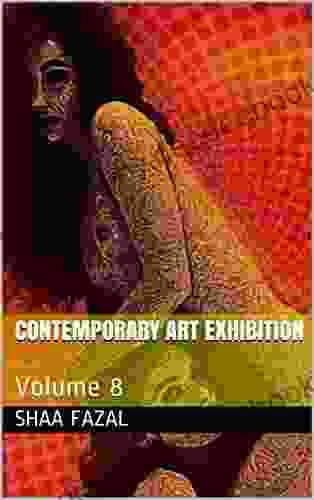
 Jett PowellA Journey Through Contemporary Art: The Visionary Exhibition of Volume Shaa...
Jett PowellA Journey Through Contemporary Art: The Visionary Exhibition of Volume Shaa...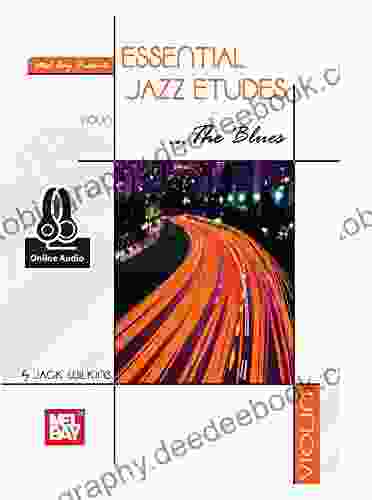
 Robert Louis StevensonEssential Jazz Etudes: The Blues Violin - A Comprehensive Guide to Developing...
Robert Louis StevensonEssential Jazz Etudes: The Blues Violin - A Comprehensive Guide to Developing... Branden SimmonsFollow ·8.9k
Branden SimmonsFollow ·8.9k Arthur C. ClarkeFollow ·13.8k
Arthur C. ClarkeFollow ·13.8k Alec HayesFollow ·5k
Alec HayesFollow ·5k Thomas PynchonFollow ·5k
Thomas PynchonFollow ·5k Damon HayesFollow ·7.8k
Damon HayesFollow ·7.8k Octavio PazFollow ·16.8k
Octavio PazFollow ·16.8k Junot DíazFollow ·11.3k
Junot DíazFollow ·11.3k Floyd RichardsonFollow ·2.5k
Floyd RichardsonFollow ·2.5k

 Fletcher Mitchell
Fletcher MitchellEducation And Peace Montessori 10: Where Learning...
A Symphony of Learning and Well-being Amidst...

 Glen Powell
Glen PowellUnveiling the Wonders of Language and Literacy...
Language and literacy...
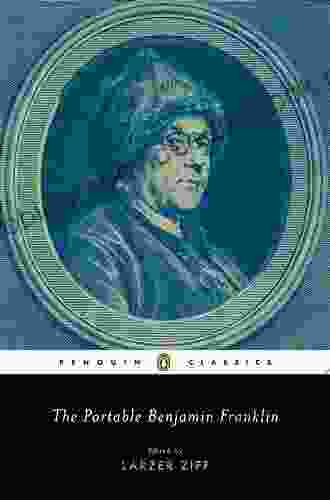
 Rod Ward
Rod WardThe Portable Benjamin Franklin: A Timeless Collection of...
In the vast tapestry of American history,...

 Kelly Blair
Kelly BlairDemocracy Versus Authoritarianism in the Post-Pandemic...
The COVID-19...

 Colin Richardson
Colin RichardsonGet Inspired To Shoot Over 130 Poses
Are you looking for...
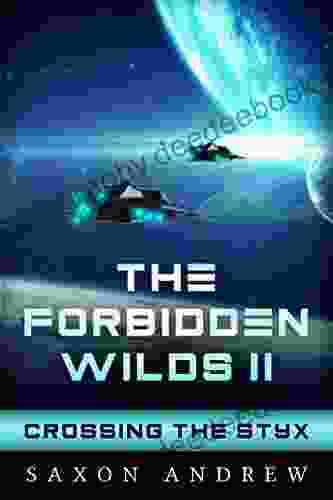
 Jared Nelson
Jared NelsonEmbark on a Shadowy Journey: The Forbidden Wilds and...
Prologue: A Realm Enshrouded in Darkness As...
4.9 out of 5
| Language | : | English |
| File size | : | 4329 KB |
| Text-to-Speech | : | Enabled |
| Screen Reader | : | Supported |
| Enhanced typesetting | : | Enabled |
| Word Wise | : | Enabled |
| Print length | : | 363 pages |





